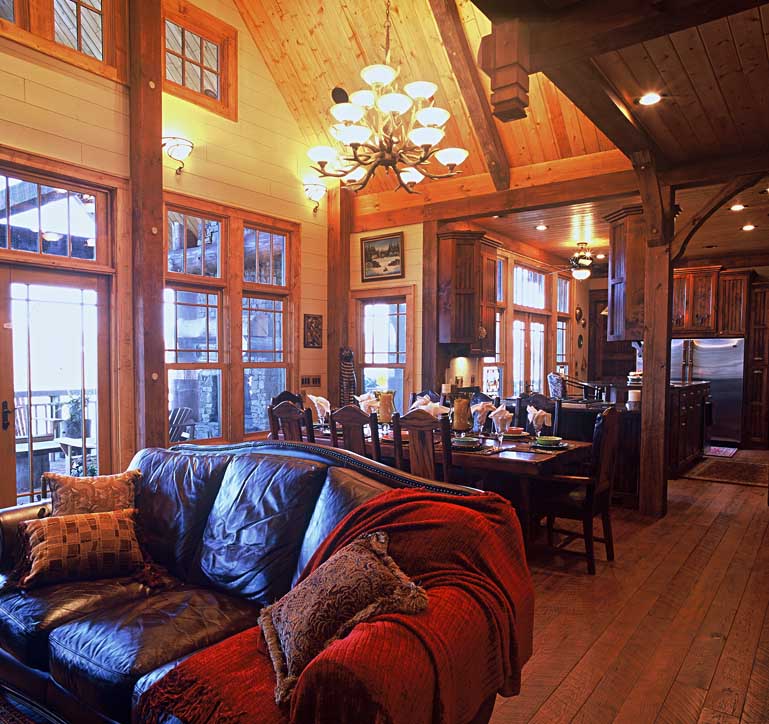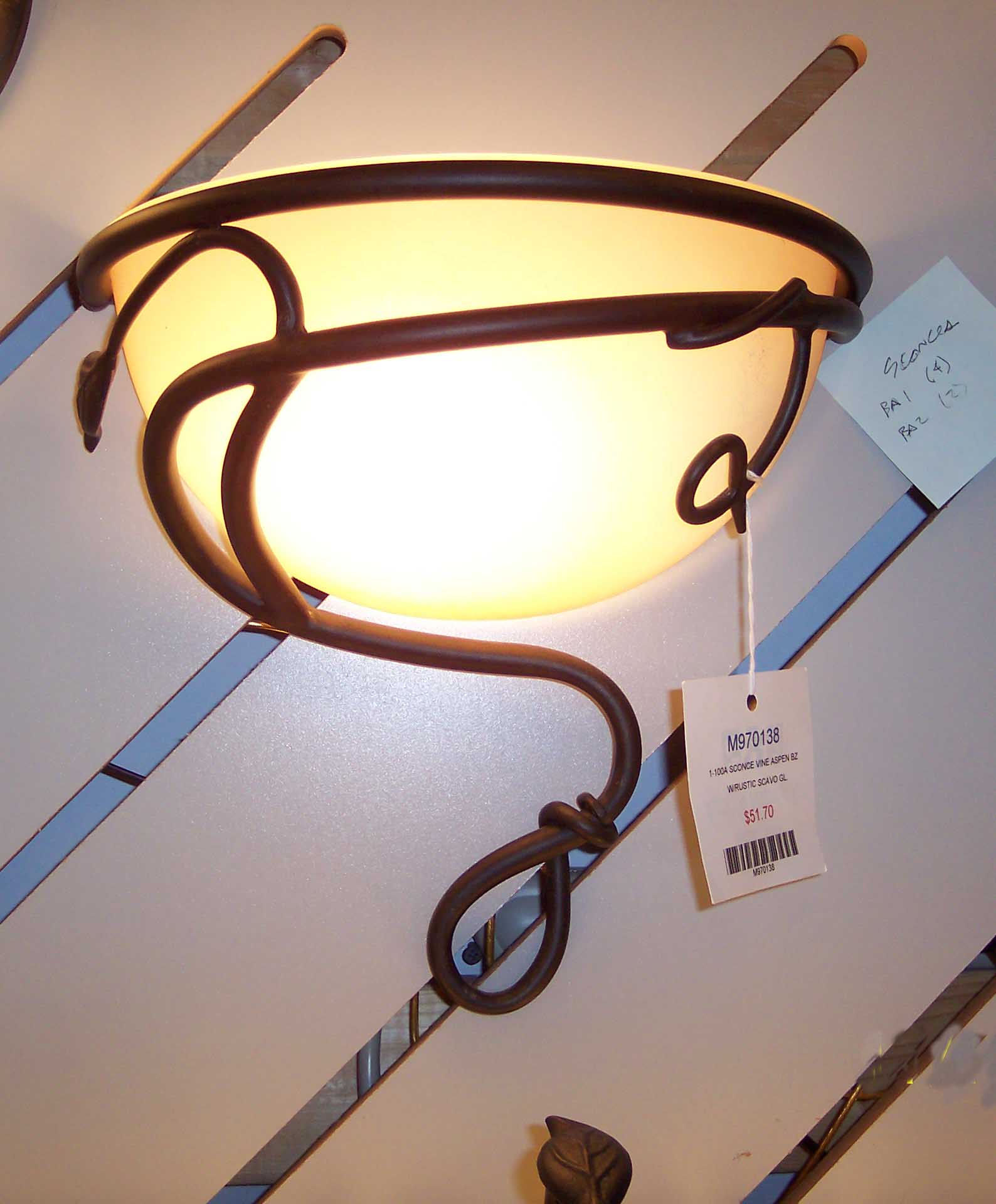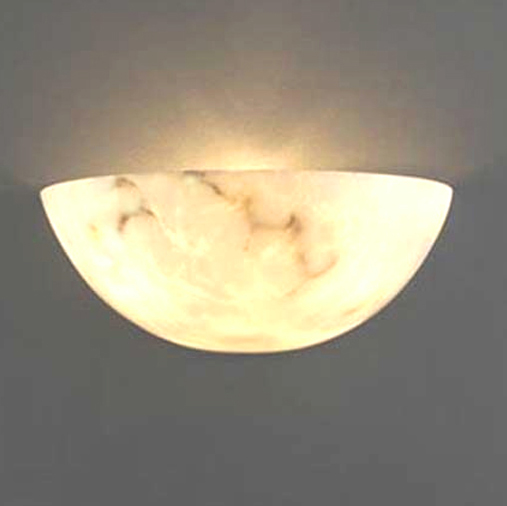Residential lighting is a multi-faceted design consideration. What is the latest and greatest in residential lighting: 2012 trends : read on…
It involves Energy and its waste or conservation, which relates directly to how much you pay on your power bill each month. Other factors involve quality of light and how effectively it reflects off other surfaces in your house to yield a comfortable and effective illumination level. Other issues have to do with the subjective “warmth” of light, which can actually be quantified.

Rand Soellner, ArCH/NCARB/LHI, is an experienced architect who designs residential projects for clients across the United States and has designed projects overseas as well.
Soellner is a licensed architect in multiple states and also is nationally certified through the National Council of Architectural Registration Boards. He has been practicing residential and commercial architecture for decades on projects, small, medium and large. He is also a Licensed Home Inspector. He holds a Bachelor’s and Master’s degree in architecture from one of the leading universities in the USA.
Residential Lighting Trends for 2012
Soellner recalls that many clients and architects used to use recessed “can” lights in almost every room of a house, as the main means of lighting. During the years, it has become obvious to Soellner that this carries with it some drawbacks:
1. ACCESSIBILITY: the ceilings in quite of few architectural designs are “volume” or “cathedral.” This means that the ceiling surface is high off the floor, often exceeding 10′, possibly even greater than 20′ high. While this creates a spacious feeling and should continue, the practice of plugging recessed lights into this high surface should be reconsidered. How do homeowners change those lights? Special grabbing and twisting tools from Lowes or Home Depot? That might help, despite the cumbersome nature of such a replacement procedure. There are other issues. Off a very tall step ladder? Or worse, trying to safely position an extension ladder (that could slip, resulting in a catastrophic fall for the homeowner)?
2. HARSH SPOT LIGHTING/HIGH CONTRAST WITH CEILING: the actual lamp bottom (note: “lamp” is the illuminating engineer’s term for “light bulb”) brightly blares its undiffused light, blasting out of the ceiling light can. This light is directed nearly straight down, and the surrounding ceiling surfaces are not washed effectively with this light, creating a harsh contrast, when you look up, of the extremely bright points of lamp (or “light bulb”) origination and the much darker ceiling. This is uncomfortable on the eyes and the quality of light in a residential space is questionable, especially from such a high position. Shadows are cast, creating a more commercial and severe lighting environment.
3. PUNCHING HOLES INTO THE CEILING VAPOR BARRIER AND THROUGH THE CEILING/ATTIC INSULATION: this is likely one of the worst offenders of energy heat loss and gain. When a recessed light can is located in an attic/ceiling that has a roof on its other side above, that recessed can is punching a hole through the vapor barrier and the insulation that is supposed to keep heated and moister air inside your house during the winter. During the summer, those same holes allow humid super-heated air from your attic into your house. You may even have a chimney effect where air from the inside of your house exhausts through all the can lights right up into your attic! What an energy waste! There are, of course, ways to use IC (for Insulation Contact) light fixtures that can be wrapped (technically called “tenting”) with insulation.
This insulation, unfortunately, is often taped into place with cloth-based duct tape, which will fail within just a few months, allowing gaps in the tenting over and around the recessed light fixtures. Also, the amount of insulation will typically be much thinner and no where near the R-value of the main thermal barrier separating your interior ceiling and your attic. Therefore, using recessed can lights in your ceilings with attics and roofs above them is sort of light creating a swiss cheese of your energy and vapor barrier envelope. Not very effective and possibly more expensive than other lighting options due to the labor factor involved with placing them off of scaffolding and the special tenting (which is not likely to actually happen in most field conditions). This punching of holes into your high ceilings results in heat loss in winter and heat gain in summer and leaks your inside air out. This means that the monthly fee you pay your electrical company goes up to pay for the air that you paid to have warmed or cooled and allowed to leak out of your house through the recessed can light penetrations. Soellner bets that you didn’t even know that was going on, did you?
Electrical lighting can amount to 20% of your monthly power bill, but that does Not include additional energy losses due to heating and cooling equipment having to run longer and harder to make up for treated air loss through recessed ceiling can lights. One can only speculate that the monthly amount of your power bill is higher because of this issue, likely higher than the 20% just attributed to lighting alone, when you have recessed can lights in your high ceilings with attics on the other side of them.
Sconce Lighting as Solution

So what’s to be done? Well, Rand Soellner has experimented in houses he has designed for his own family and realized that one of the best all-round lighting fixtures for the main spaces of your house may very well be a Sconce Light. What are the main spaces of most houses: Living Rooms, Dining areas, Kitchens, Stairs, Foyers and other spaces that might have tall ceilings with attics and roofs on their top sides.
Why Sconce Lights? Sconce Lights are typically surface mounted on a side wall. They are Not recessed. Even their lighting connection box (usually mounted within a side wall) can have an air baffle mounted into the wall to minimize or eliminate any unwanted infiltration from that source. Sconce light fixtures can have decorative diffusers of historic, modern or other aesthetic characteristics to suit almost any design style desired. The light bulbs (“Lamps”) that you screw into the sconce fixture use the typical Edison base, even if the lamps are CFLs (Compact Fluorescent) or LEDs (Light Emitting Diode). Soon, incandescent “light bulbs” will no longer be made anyway, as a result of the US Congress and Senate realizing that these older lamps waste too much energy. So get used to the CFLs or LEDs.
 Sconce light fixtures can direct the light from the lamps (light bulbs) up or down or both. Soellner prefers the combination of Up and Down in most locations in tall residential spaces. In this manner, light can be directed up and down, washing the walls on which the sconces are mounted with a warm glow of reflected light, as well as the ceilings above, to reflect back down and into the space. Using multiple sconce lights around a room’s walls, at a height of between 7′ to 10′ can give a wonderfully warm and cozy lighting effect than most people can reach from a normal 6′ tall step ladder for lamp replacement.
Sconce light fixtures can direct the light from the lamps (light bulbs) up or down or both. Soellner prefers the combination of Up and Down in most locations in tall residential spaces. In this manner, light can be directed up and down, washing the walls on which the sconces are mounted with a warm glow of reflected light, as well as the ceilings above, to reflect back down and into the space. Using multiple sconce lights around a room’s walls, at a height of between 7′ to 10′ can give a wonderfully warm and cozy lighting effect than most people can reach from a normal 6′ tall step ladder for lamp replacement.
It should be noted that the new CFL and LED lamps last a lot longer than the incandescent lamps (which will soon no longer be available). Even so, Soellner doesn’t want his homeowners to have to pay an electrician to set up scaffolding to replace their light bulbs (lamps), whenever that may occur.
What is important to remember about the sconce lighting approach is that the lamps are shield from direct view by the sconce fixture itself, so you don’t get the harsh blast one does from a recessed ceiling light fixture. Also, the surfaces of the house (walls, ceilings, even the floors) are receiving “bounce” light that illuminates these surfaces, functionally and psychologically brightening the spaces of the house. Soellner’s experience in his own houses attest to a high quality of lighting that have been featured in books and magazines worldwide.
To contact Rand Soellner Architect, click here: —> Contact Residential Architect
Light Warmth
Some people may question CFL or LED subjective visual “warmth.” Actually, there are various “Kelvin Temperatures” which you can purchase for your CFL and LED lamps. Here is a link to a previous post about CFLs: –> Free CFLs . There is a lot of information there about this subject. For instance, 2700K (Kelvin) CFL light to 3000K is roughly equivalent to a warm white or soft white standard incandescent lamp (bulb). 3500K to 4100K CFLs are what most people might call “Cool white”, or “Neutral white.” 5000K to 6500K CFL is considered to be “Natural” or “Daylight”. And yes, these various K “temperatures” should be available in these new types of lamps from your local building supply warehouse. Personally, Soellner has been using the 2700K and sees no appreciable difference between an incandescent lamp directly adjacent to a CFL or LED. Here’s a link to a “Bulb Purchasing Guide” published by EnergyStar —> Bulb Purchasing Guide.
Soellner’s Approach
Rand Soellner Architect always looks at the unique characteristics of each design and arrives at solutions that work best for each. For instance, with a 2nd floor over a kitchen space, he might used quite a few recessed can lights, because they are inexpensive and can be scattered around for comprehensive lighting in this busy space, and they can be easily reached by a normal stepladder and they are in an interior ceiling, not penetrating an attic, so there is no energy loss. In such a space (Kitchen) Soellner also often uses multiple task lights under the upper cabinets, directly illuminating the counters below them. This works extremely well in Kitchens.
For more imagery of interior lighting and other aspects of residential design, please click here–> Home Architects ® .
Stay tuned for next week’s post: Efficiency in Residential Design .
